6 Things Your Contractor Will Look For During A Roof Inspection
What’s something above your head that you rarely think about? Your roof!
You might assume a roof needs attention only when it’s damaged or leaking. The reality is that proper maintenance can help prevent that damage. It’s as simple as doing some of your own roof upkeep, including regular inspections and gutter maintenance.
Roof maintenance should be done each spring and fall and after any major storm. Depending on the type of roof you have and your ability to access it, you may want to consider hiring a roof professional to avoid personal injury.
Whether you hire a pro or do it yourself, regular inspections and cleanings can head off problems before they become serious issues. Listed below are seven tips you can use to maintain your roof and keep it in good working condition for years to come. Let’s get started.
Gutters are designed to help water travel away from your home, meaning they plan an integral part in keeping your roof dry. If clogged, excess water can overflow and cause your roof and fascia to rot. Read this article to learn more about the consequences of not cleaning your gutters.
Large, mature trees can create a beautiful backdrop to your property that also acts as a significant threat to your roof.

Overhanging branches can come tumbling down during a storm, leaving a gaping hole in your roof. Falling leaves can also build up on your shingles and trap moisture underneath, causing premature roof decay. Trim overhanging branches to prevent damaged shingles, holes in the roof, and algae build-up.
Debris such as leaves, small limbs, and sticks can damage your roof and encourage algae growth and wood rot, so it’s best to remove them. You may want to have your roof cleaned while you’re having your trees trimmed, or just remember to do it each time you clean your gutters. You can use a roof leaf rake or even something as simple as a kitchen broom to sweep debris off your roof.
Don't forget to check inside your attic for signs of leaks, water stains, wet insulation, structural damage, mold, or areas where the light shines through. Sometimes water damage isn’t very visible from just looking at the exterior of your roof, but it can be found by looking for discoloration, moisture, or puddles inside the attic.
Don't stop there—look up at the ceilings on the lower levels of your home. Watch for cracks, water stains, or sagging along beams that may be signs of structural stress. If any of these signs are present, it’s time for a professional roof inspection and repair work. Read this article to learn more about how to spot a roof leak.
One of the easiest tasks you can do as a homeowner is regularly inspecting your shingles, which can be safely done from the ground around your home. Get in the habit of regularly examining your shingles, and make sure to pay attention to how they look.
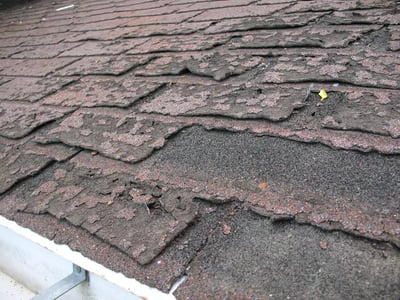
Are there any areas that look streaky? Do your shingles look like they’ve been cracked or damaged? Once you’ve assessed from the ground, the next step would be to get on the roof to get a closer look at the damage.
The boards that run directly behind your gutters are called fascia boards. Not all homes have these, but those that do are at risk of water damage. Over time, water from a clogged gutter system can splash onto the fascia. This constant exposure to water can cause them to deteriorate and rot.
The great thing about checking your fascia is that you don’t need to climb a ladder to check them out. All you need to do is use a trusty pair of binoculars to see if there are any potential problems.
Algae, moss, and mold spores are easily carried by the wind and can spread from one rooftop to another. While algae are usually harmless to asphalt roofing, moss and mold can be detrimental.
Both moss and mold thrive in areas of moisture, so if you spot these on your roof then you may have a leak. Moss is particularly dangerous for roofs because once it takes root, it spreads very quickly and can cause the shingles to lift.
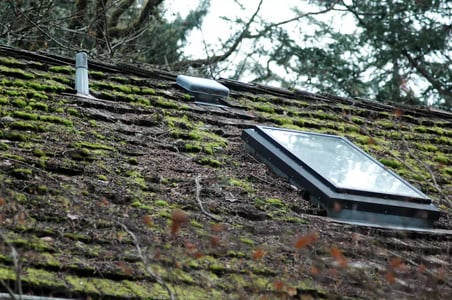
If moss is left untreated, it can cause damage so extensive that a total roof replacement might be in order. When caught early, you can remove moss using water and a gentle scrub brush. Take care to scrub at a downward angle to protect the shingles from damage.
Now that we’ve gone over seven ways you can take care of your roof, I hope you feel encouraged to start your own maintenance routine. Your roof provides defense against wind, rain, hail, and intense heat, so with just these few simple steps, you can maintain your home’s safety.
However, there are several roof maintenance tasks that are best left to the experts. Through years of experience, professional roofers have learned what issues they need to look for to prevent leaks, clogged gutters, and future roof damage. Read this article to learn more about how a professional roofer can benefit your maintenance routine.
If you’re in Raleigh and need a roof inspection, don't hesitate fill out the form below to contact us today. We’ll look for signs of wear and damage that could impact the safety and performance of your roof. If we spot any areas of concern, we’ll explain our findings and help walk you through the next steps for repairs.
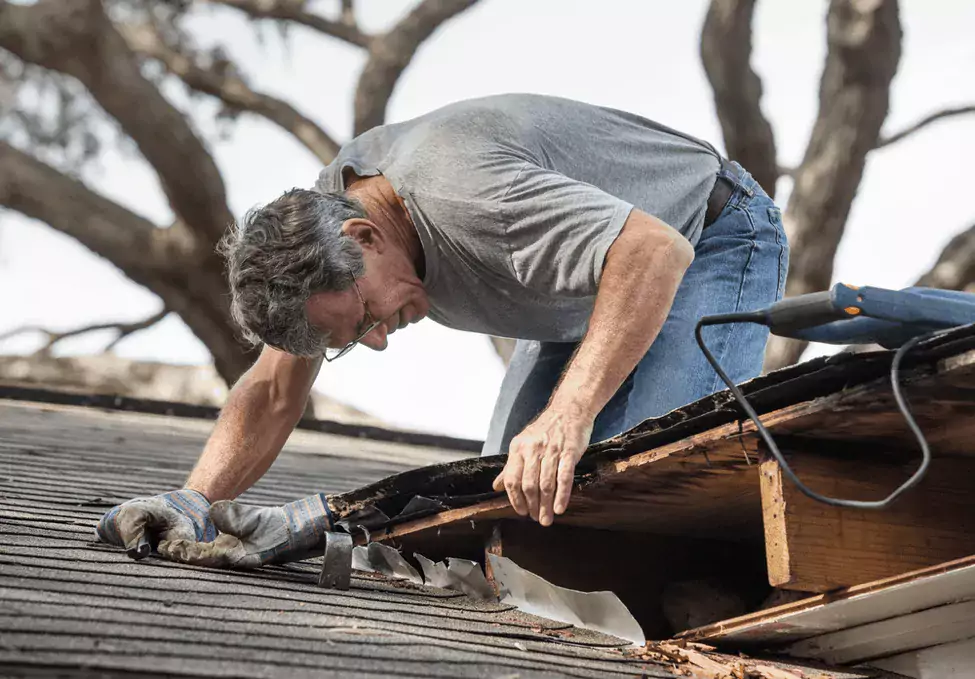
What’s something above your head that you rarely think about? Your roof!
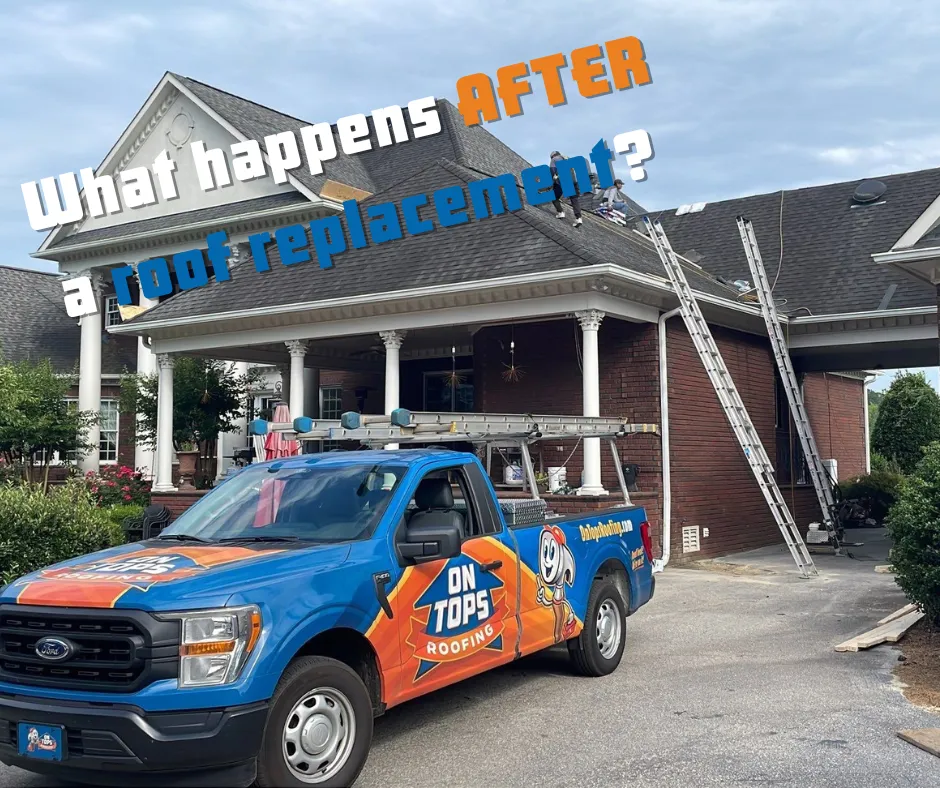
Whether it's due to natural disasters, severe weather, or simply the passage of time, the day will come when your roof needs replacement. Roof...
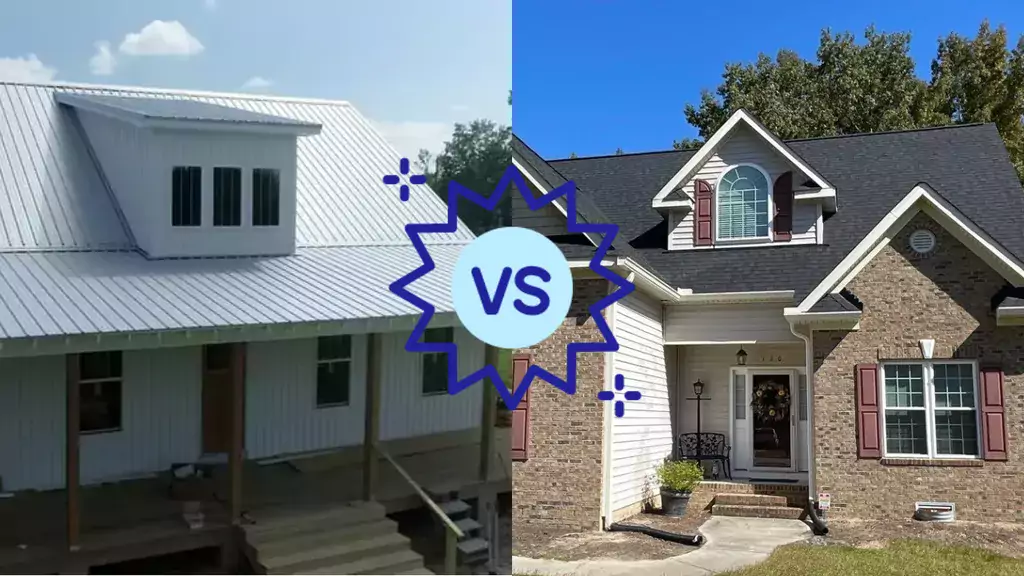
When you’re in the process of getting a new roof, you’ll start to understand how large of a project it actually is. Thankfully, if you get it done...